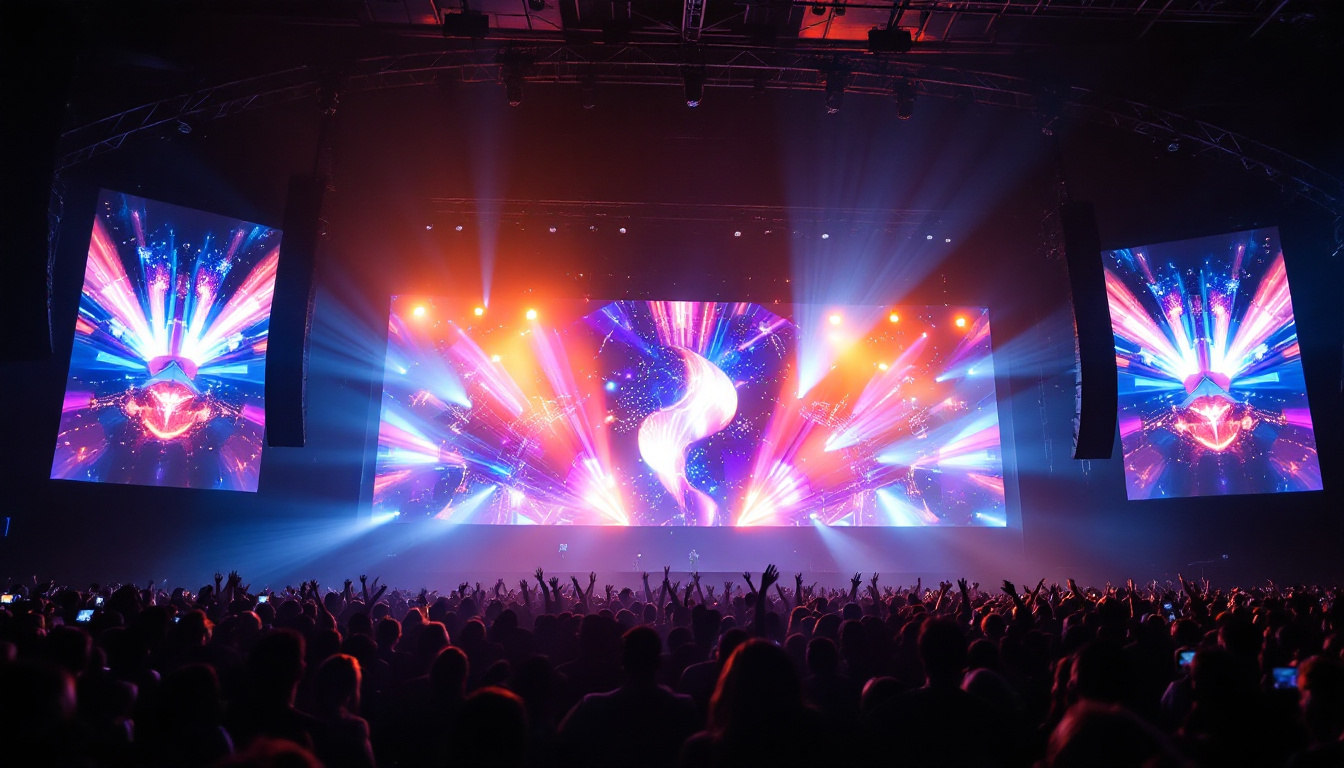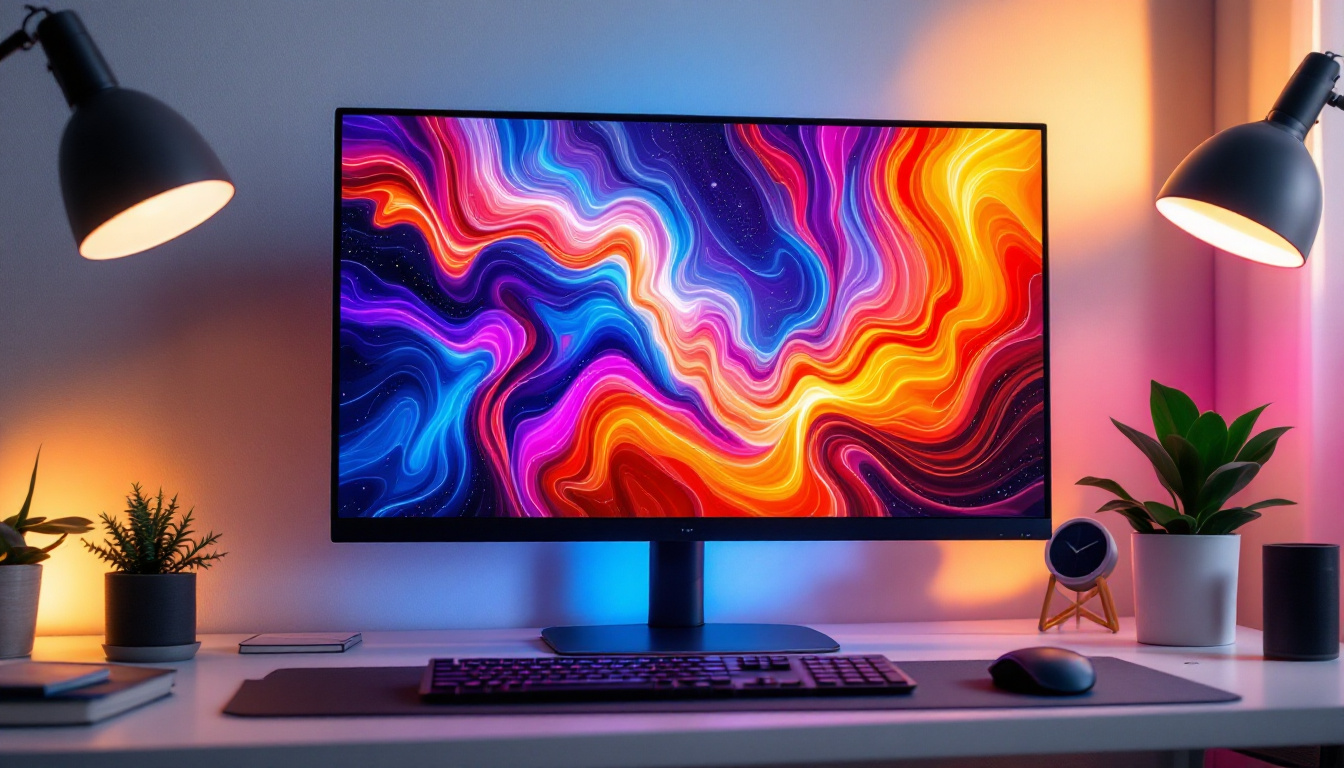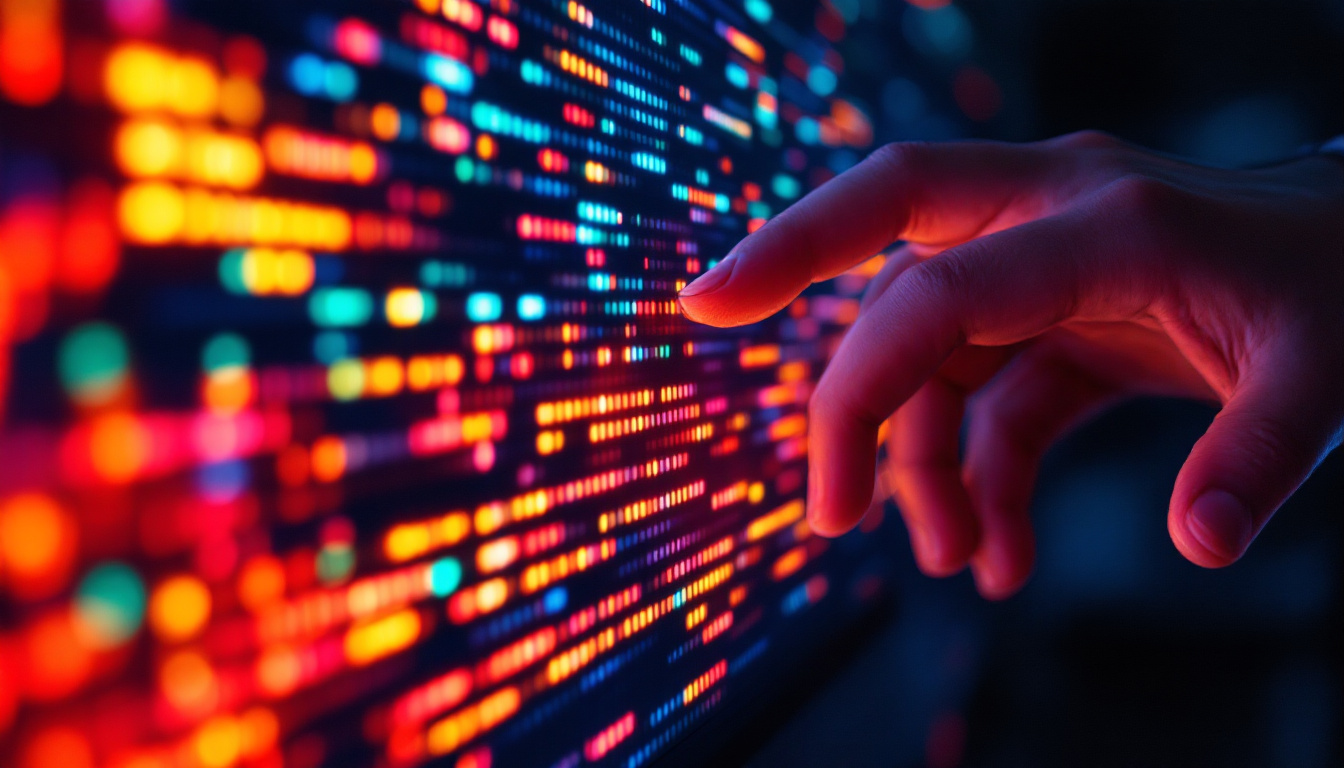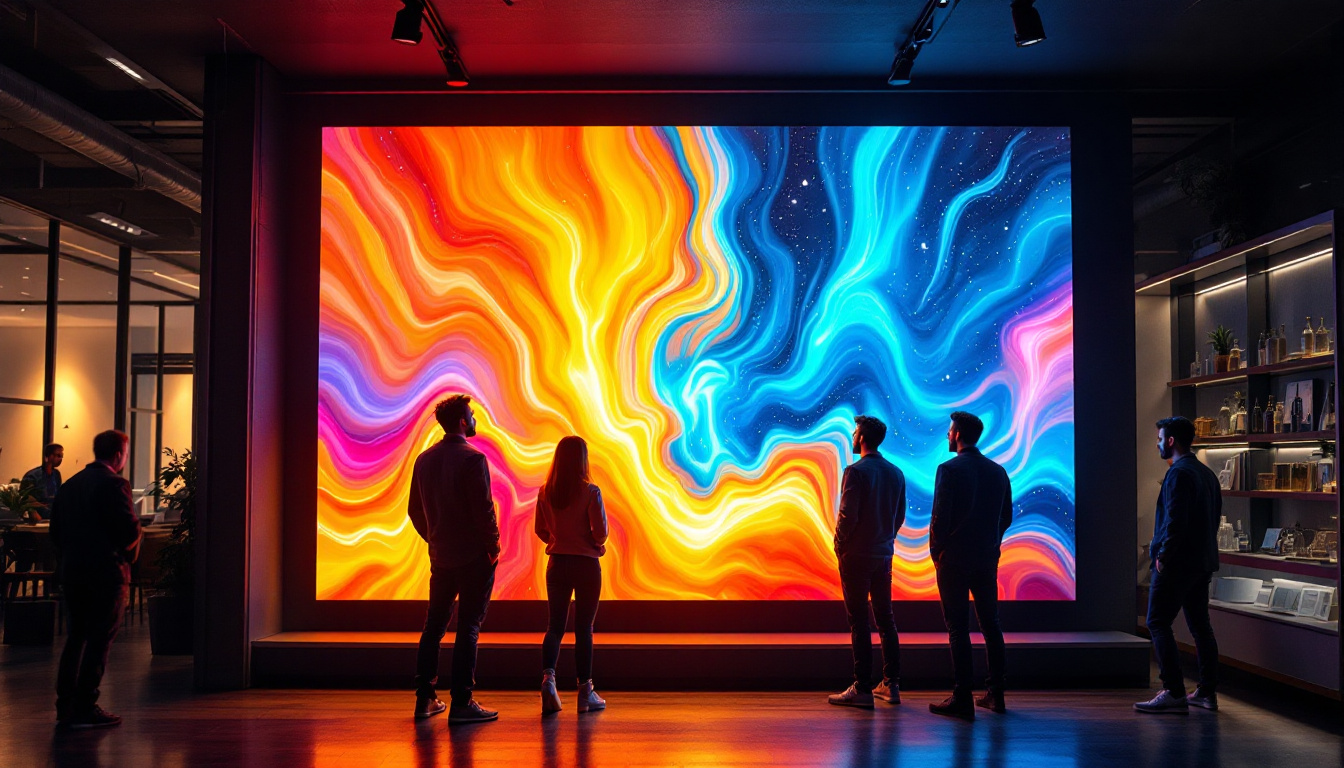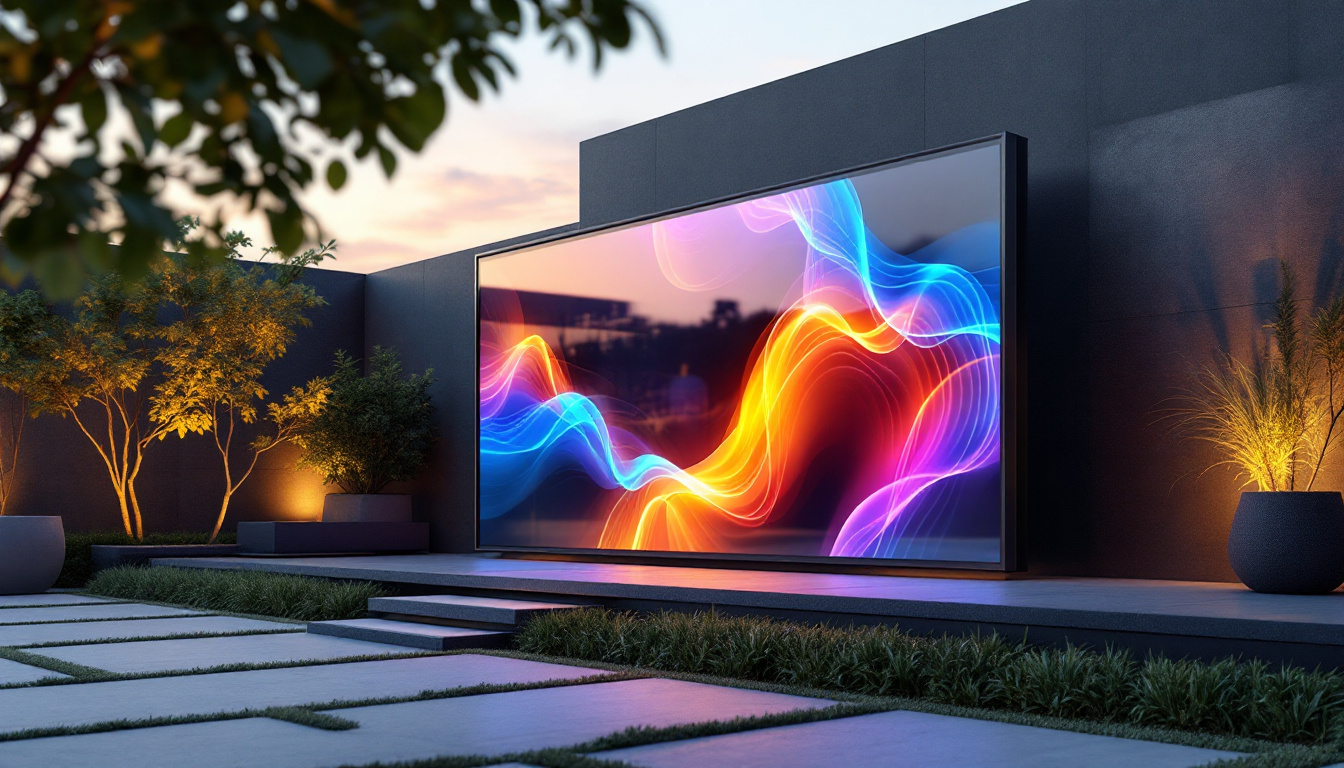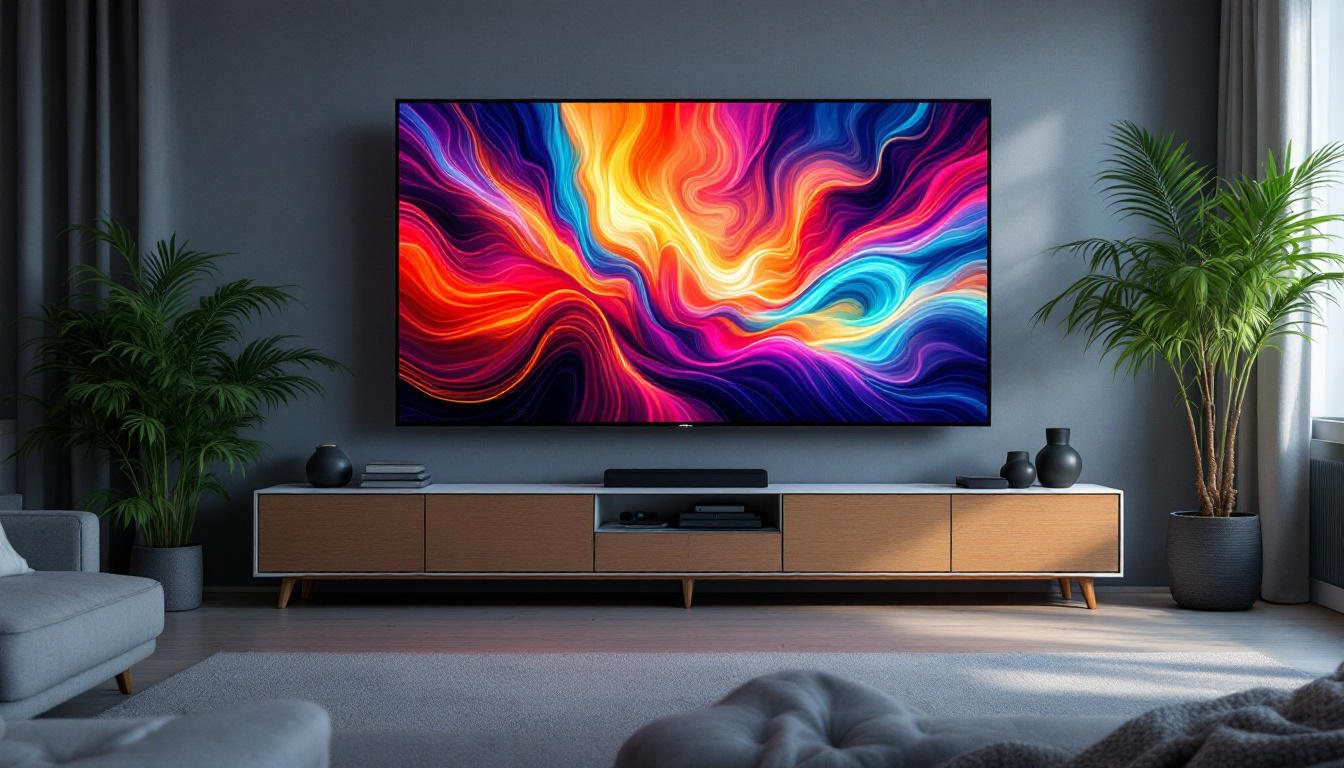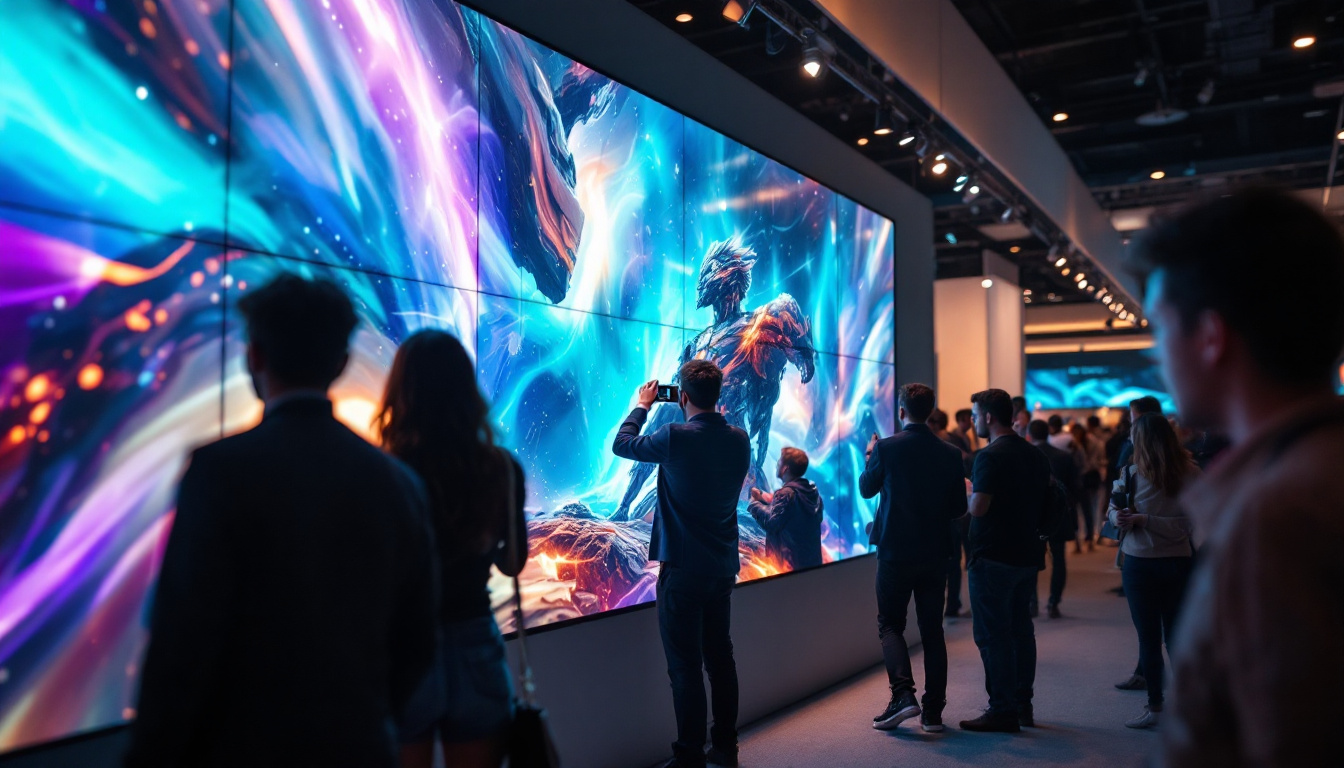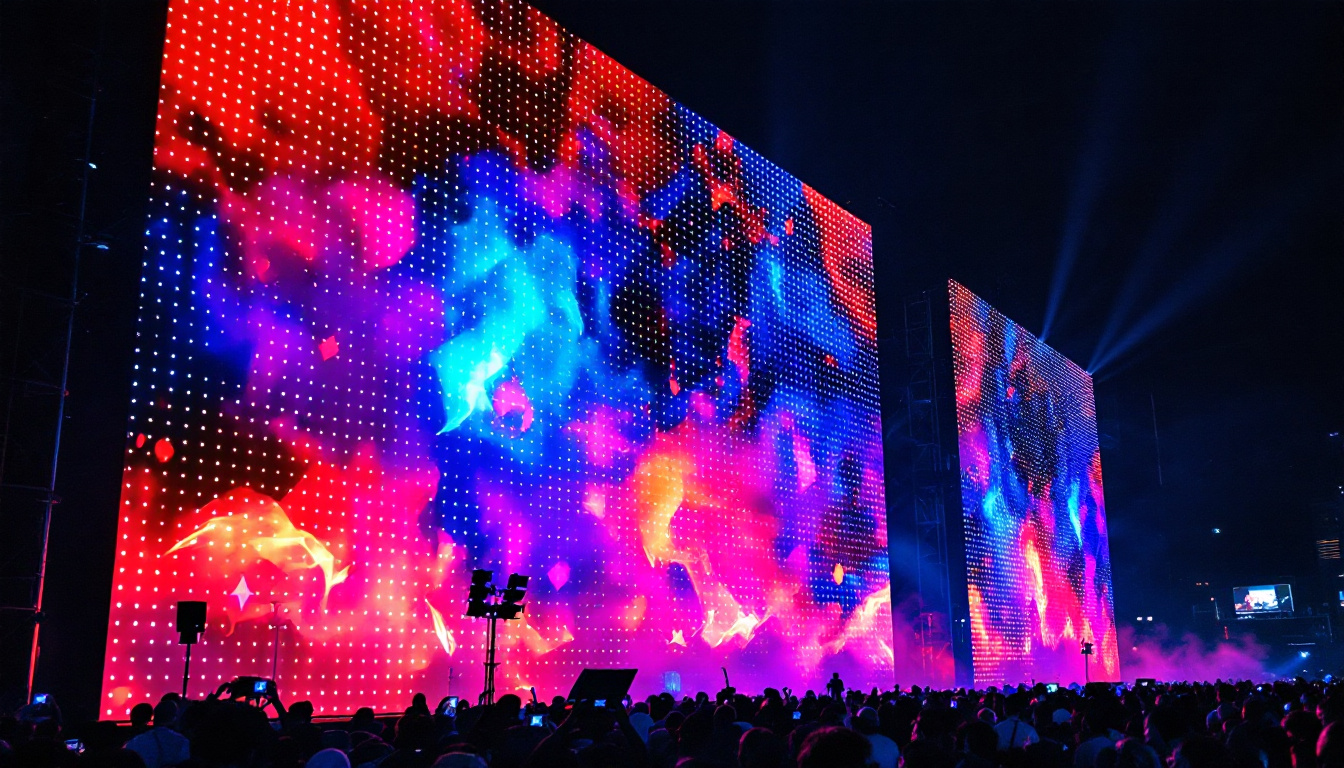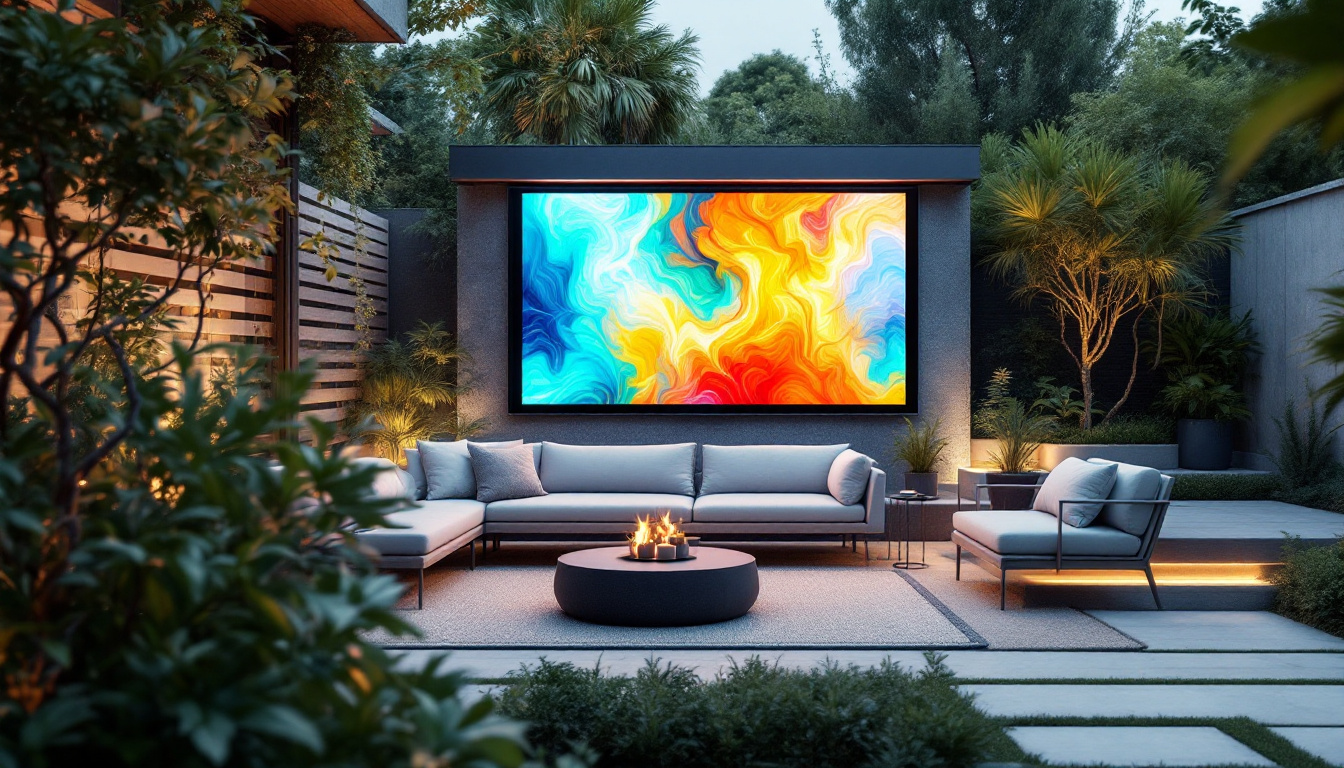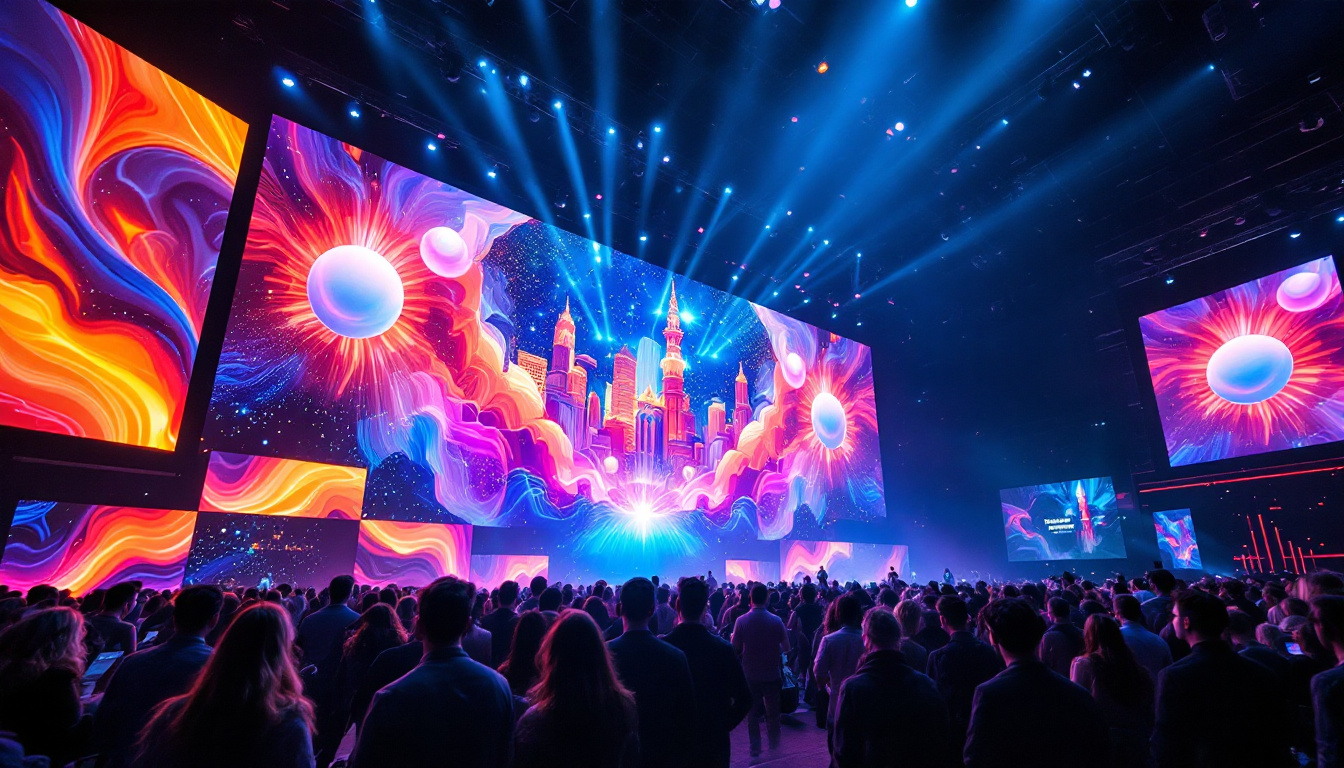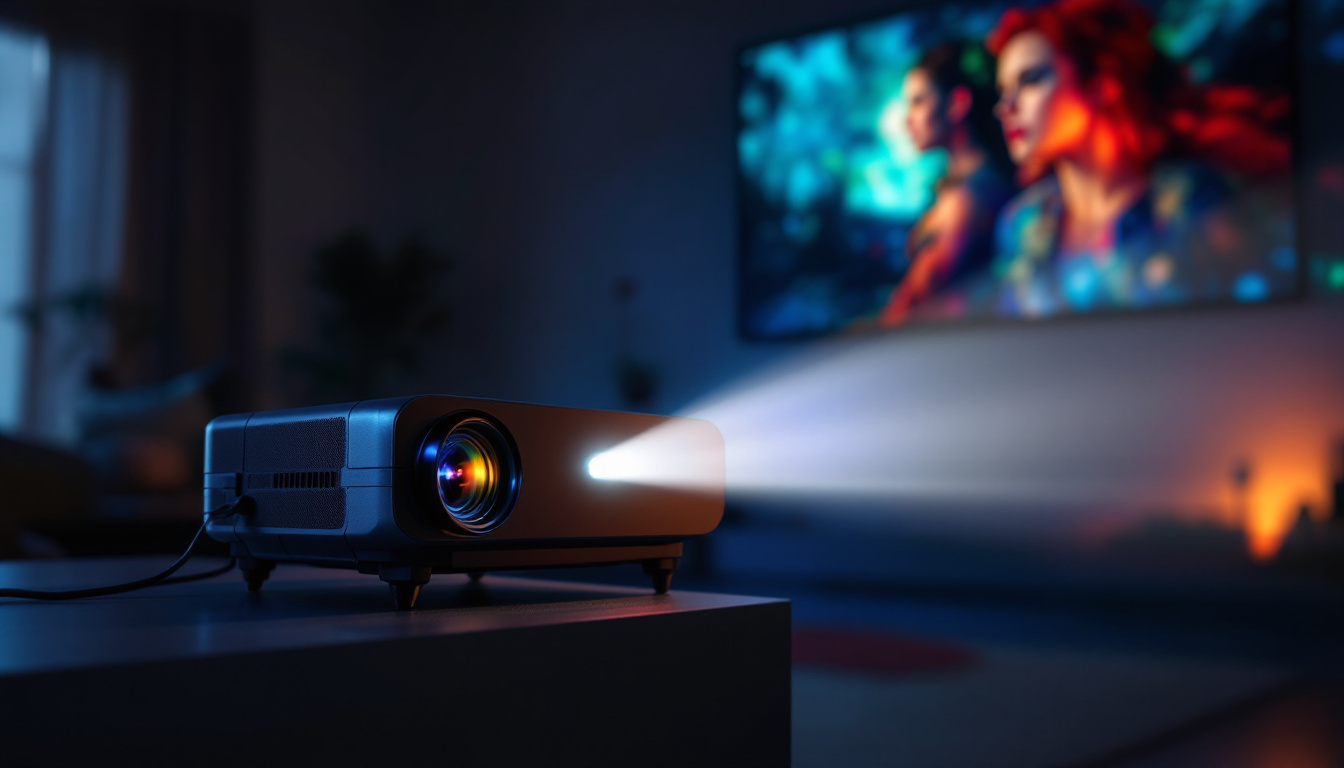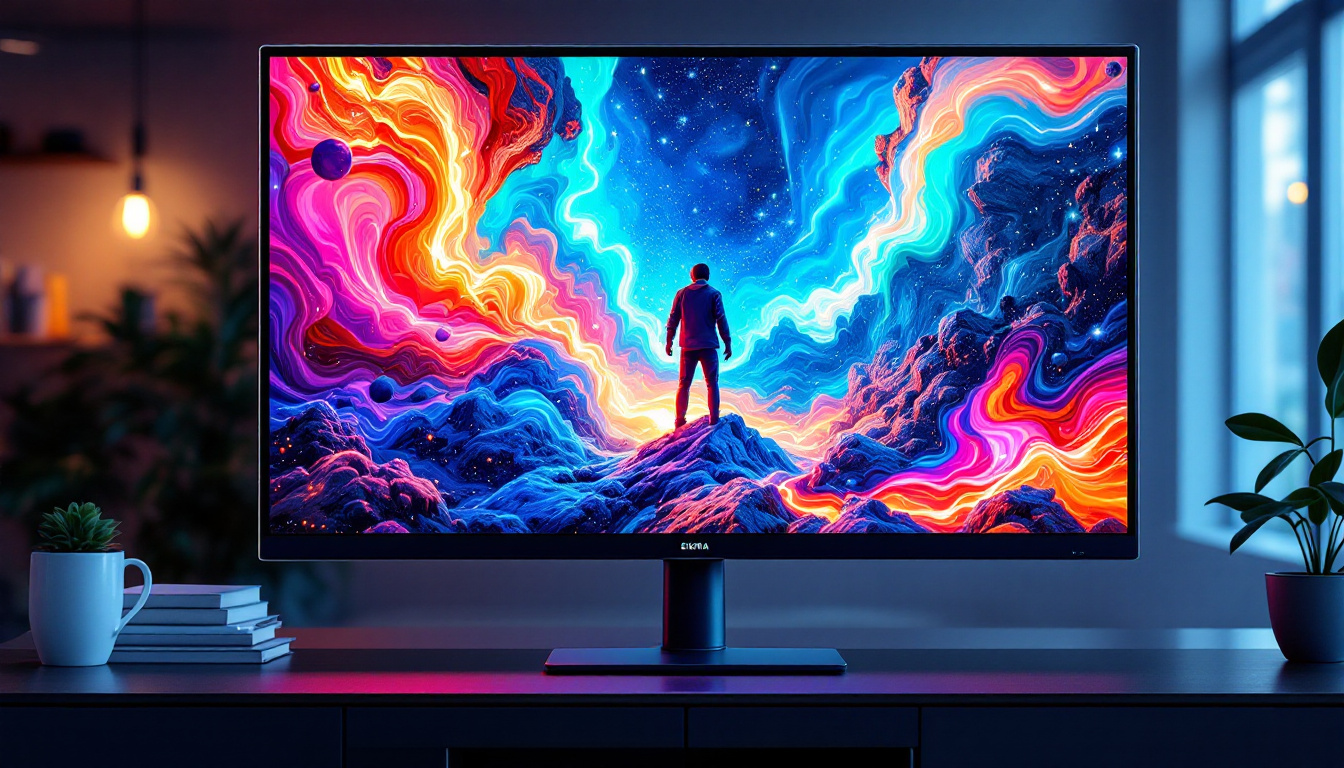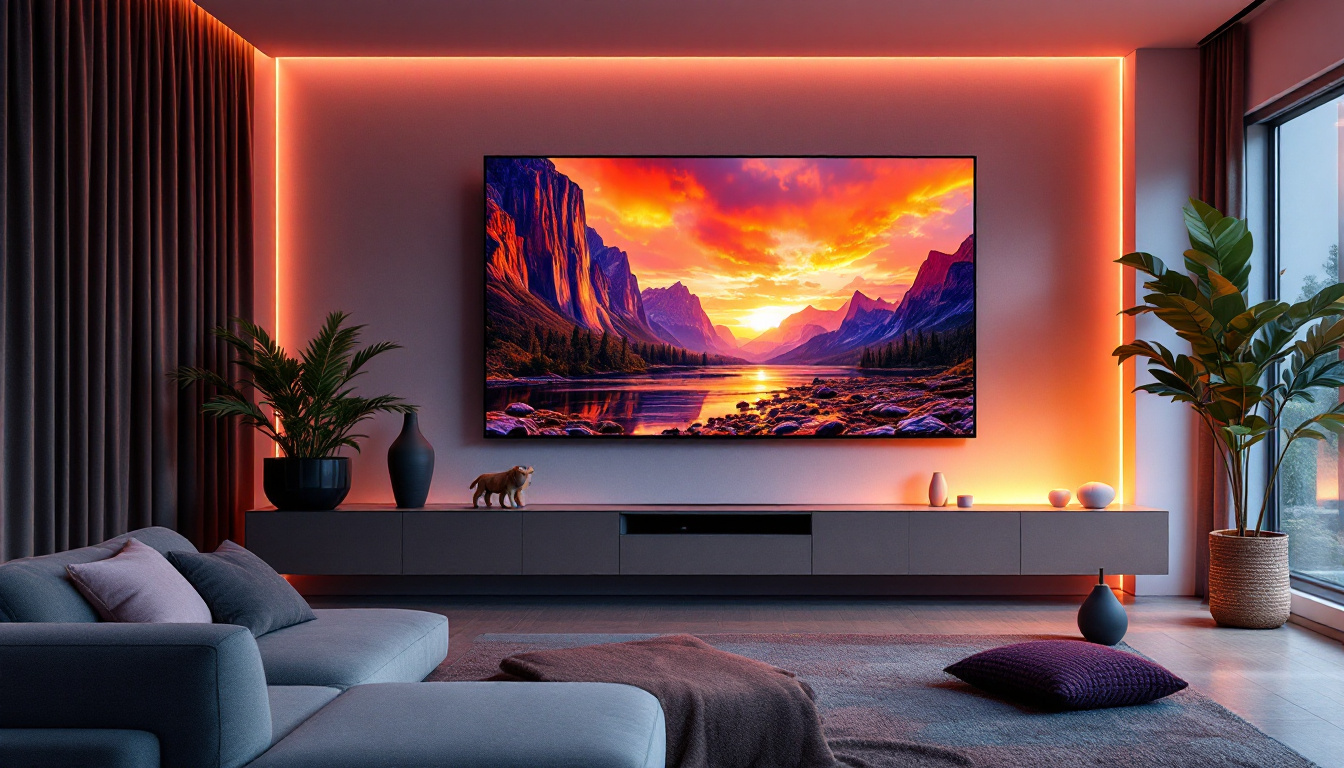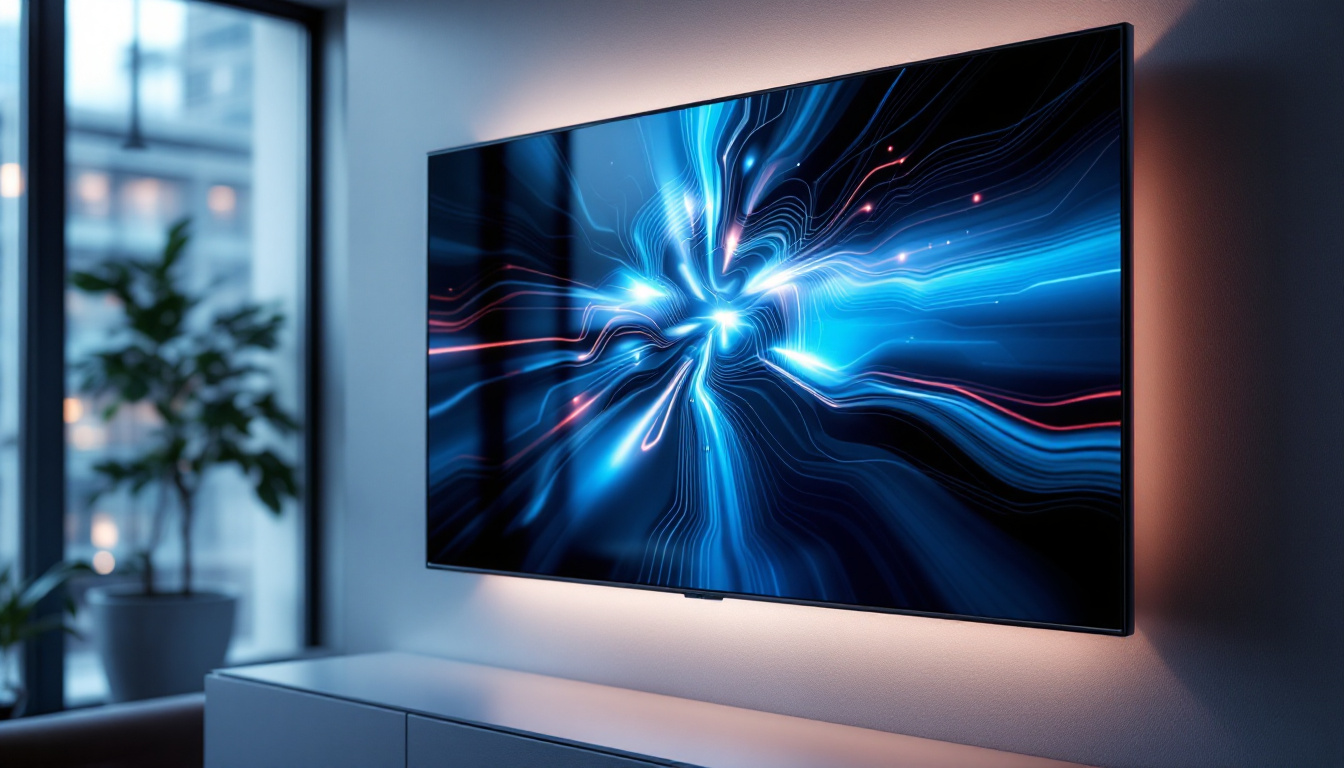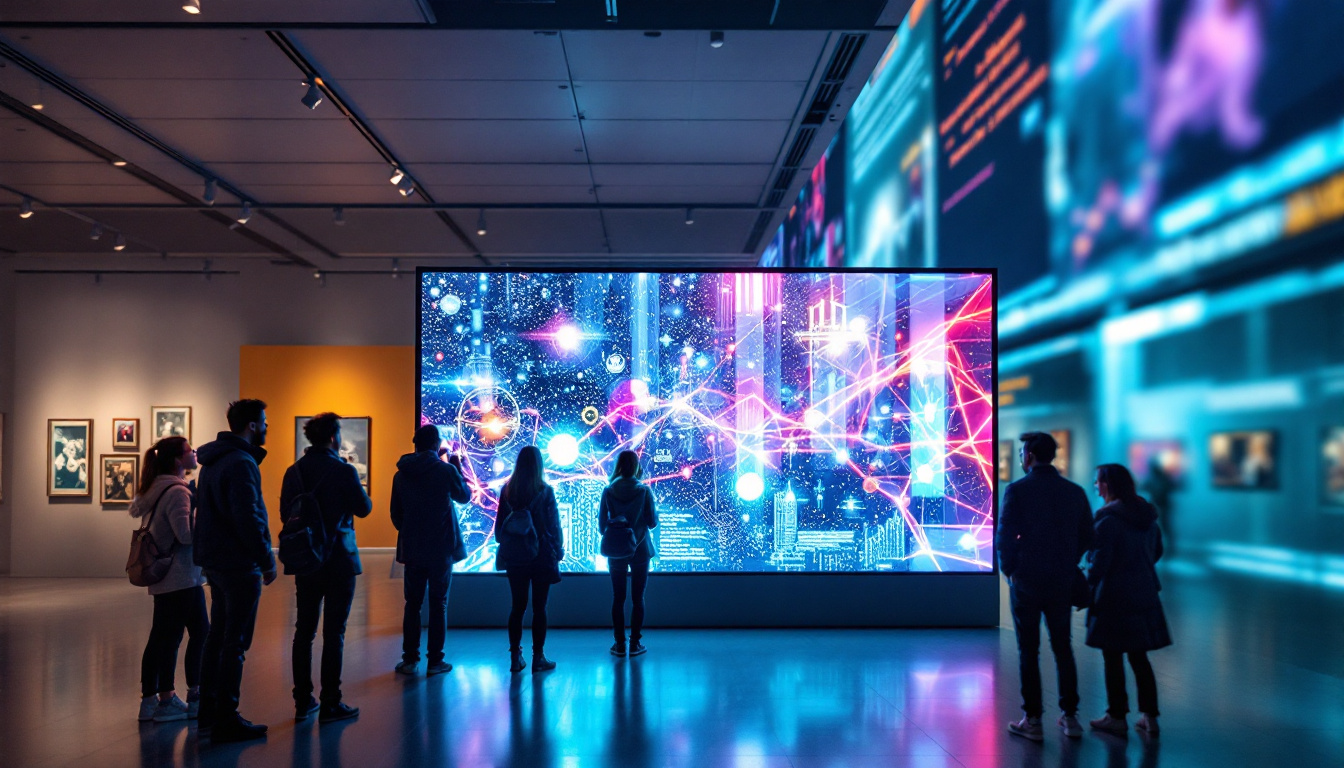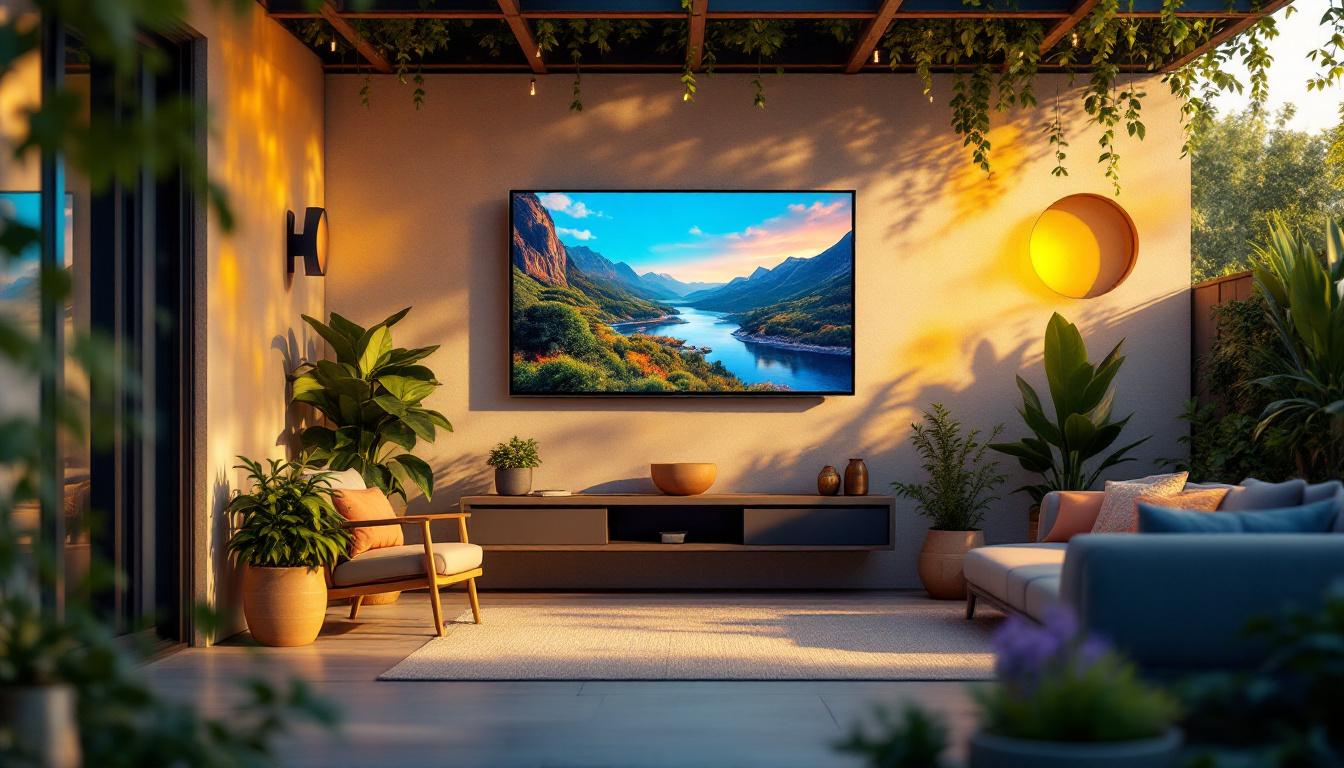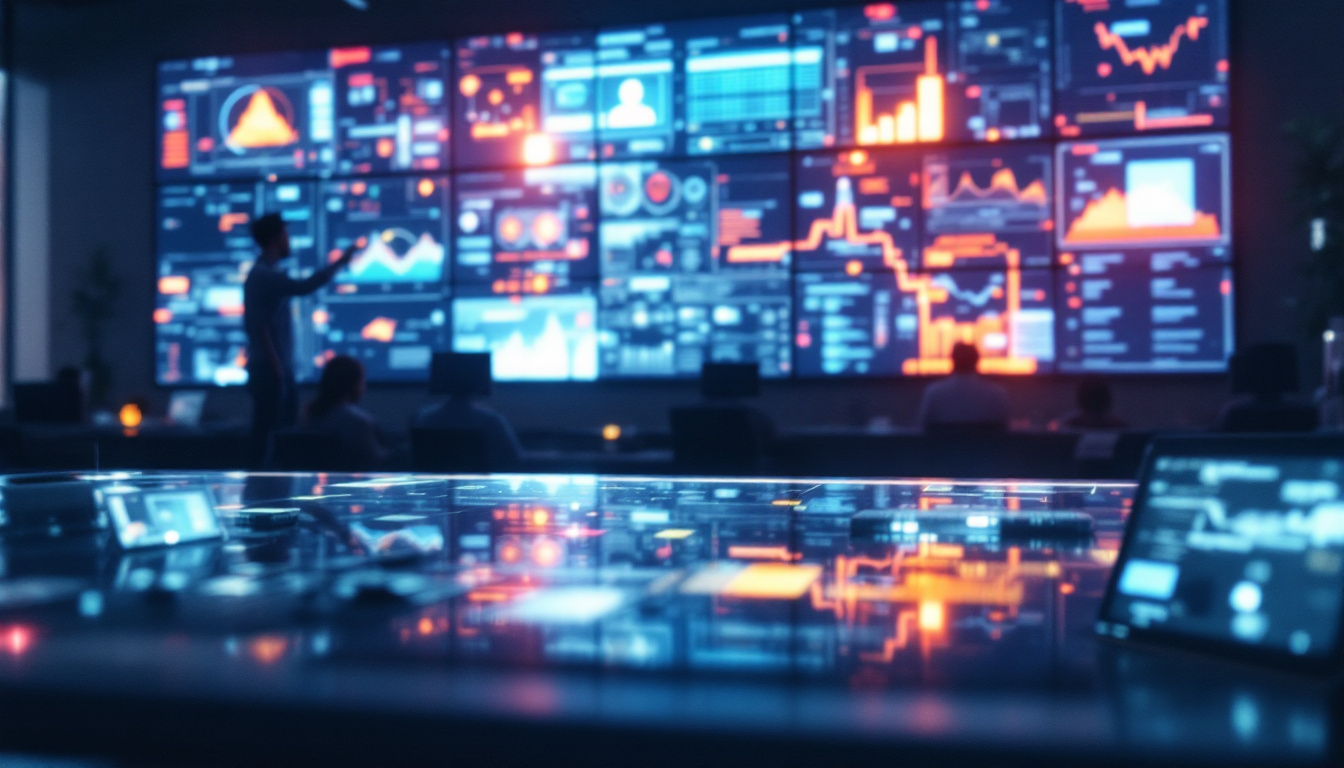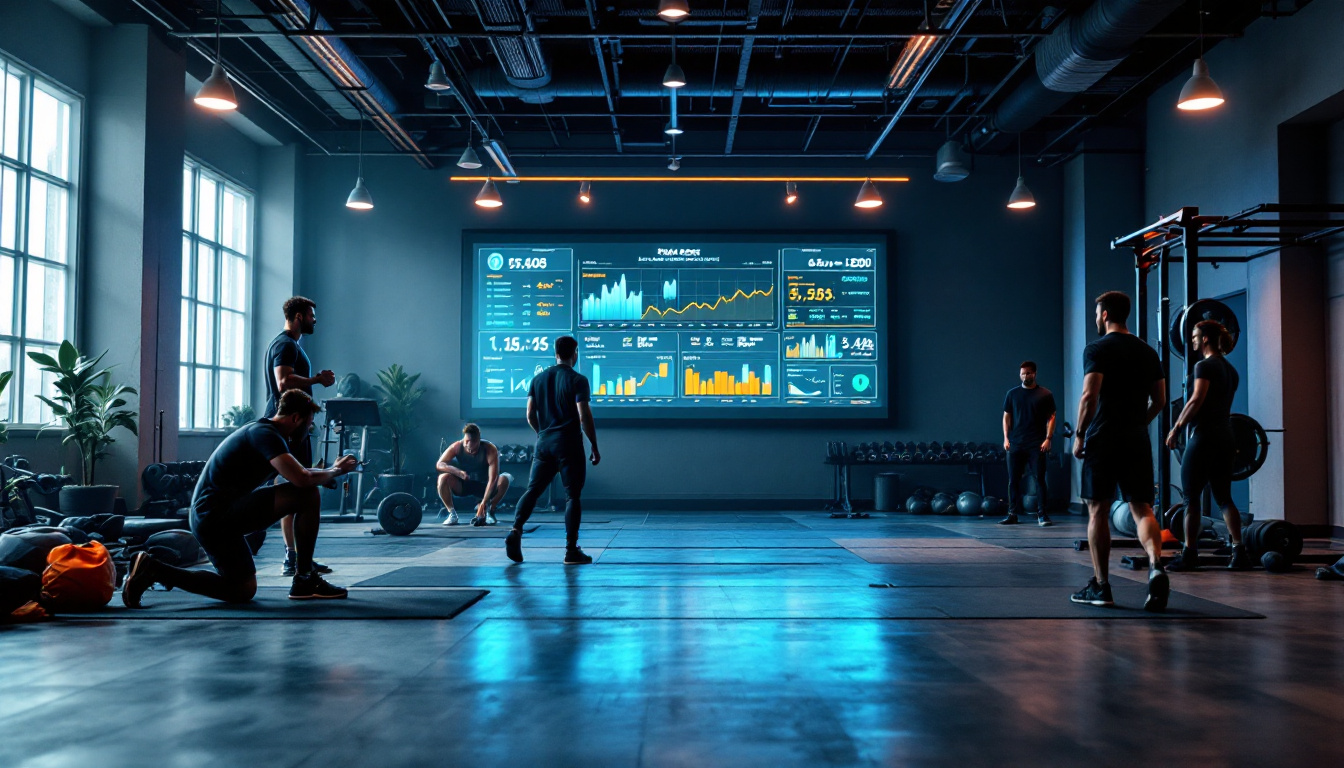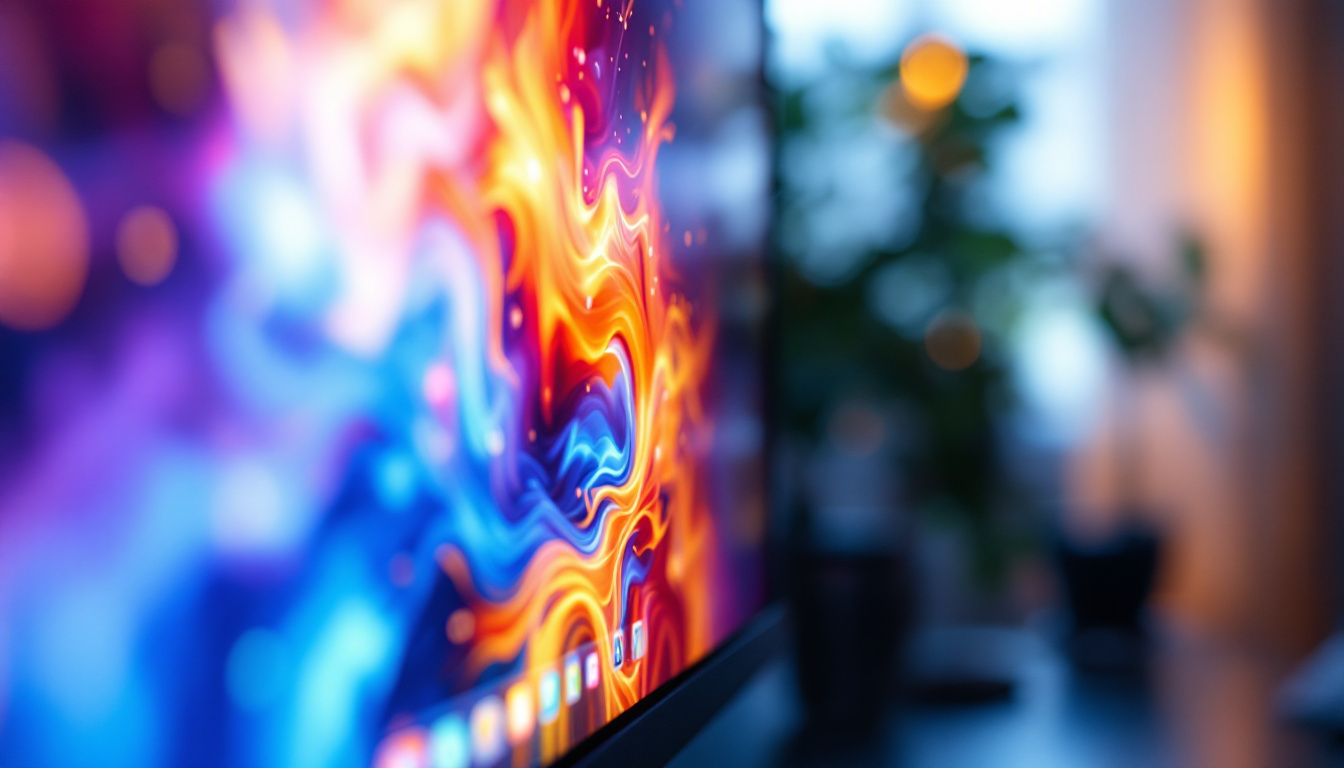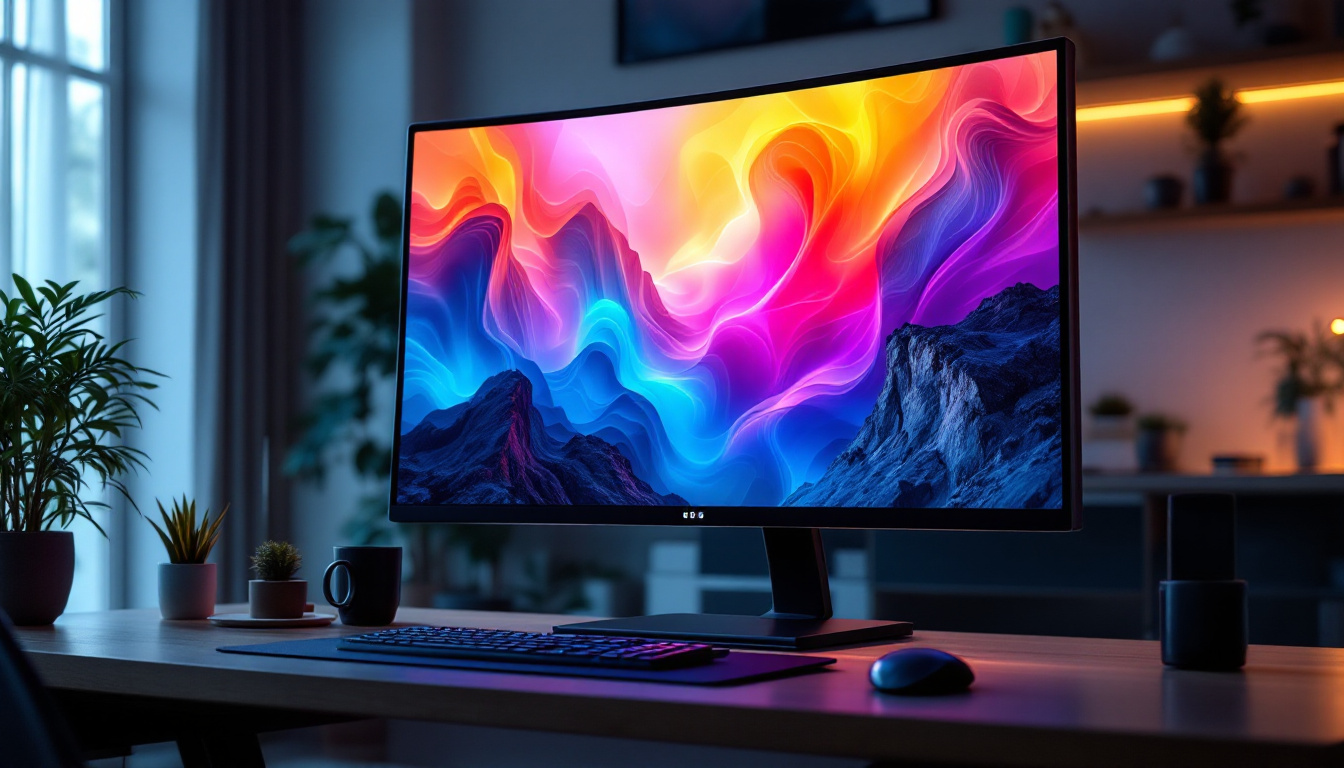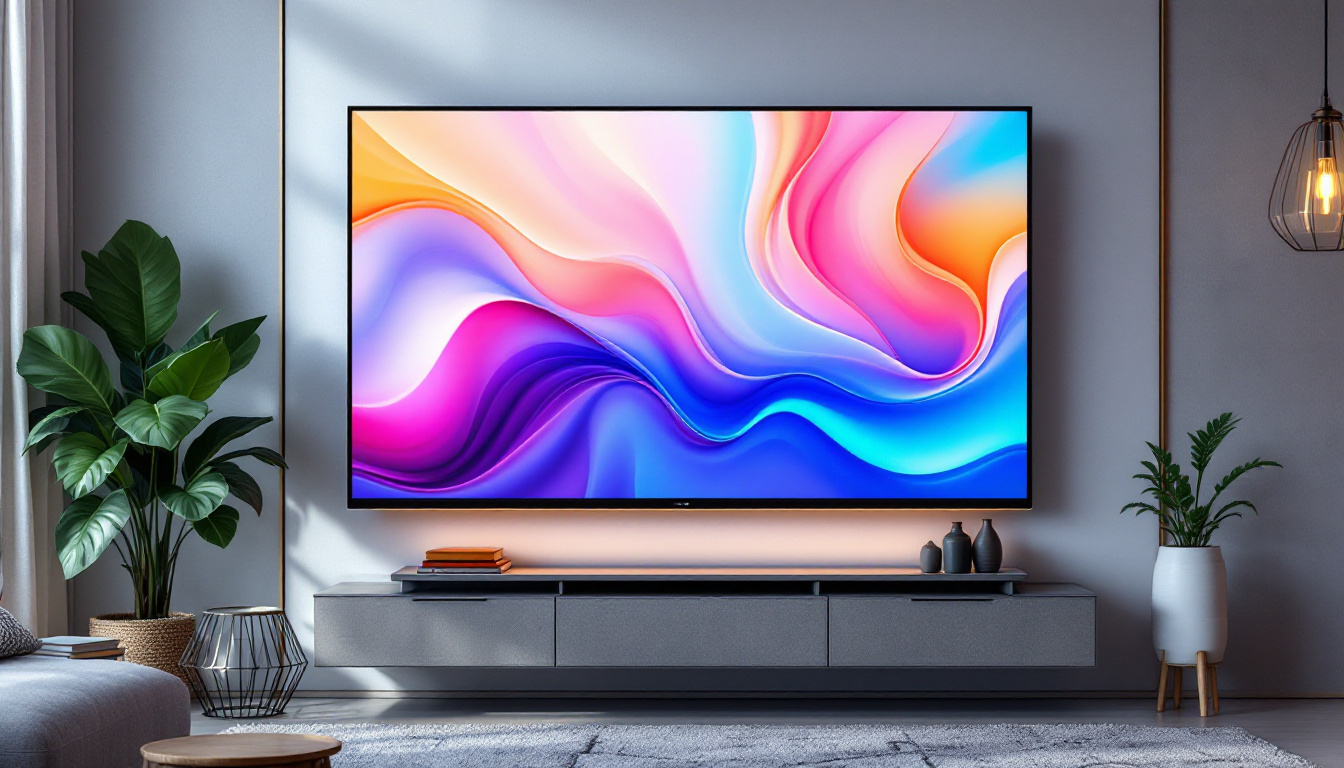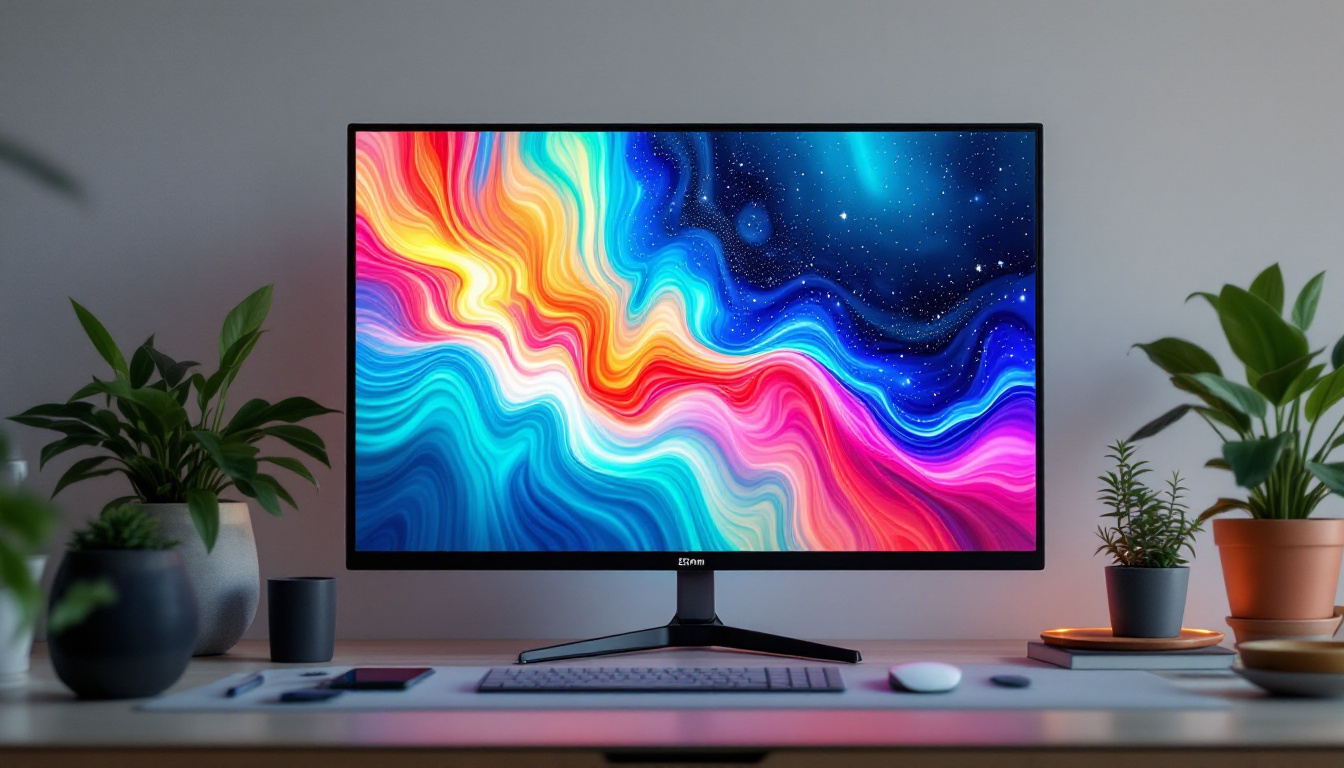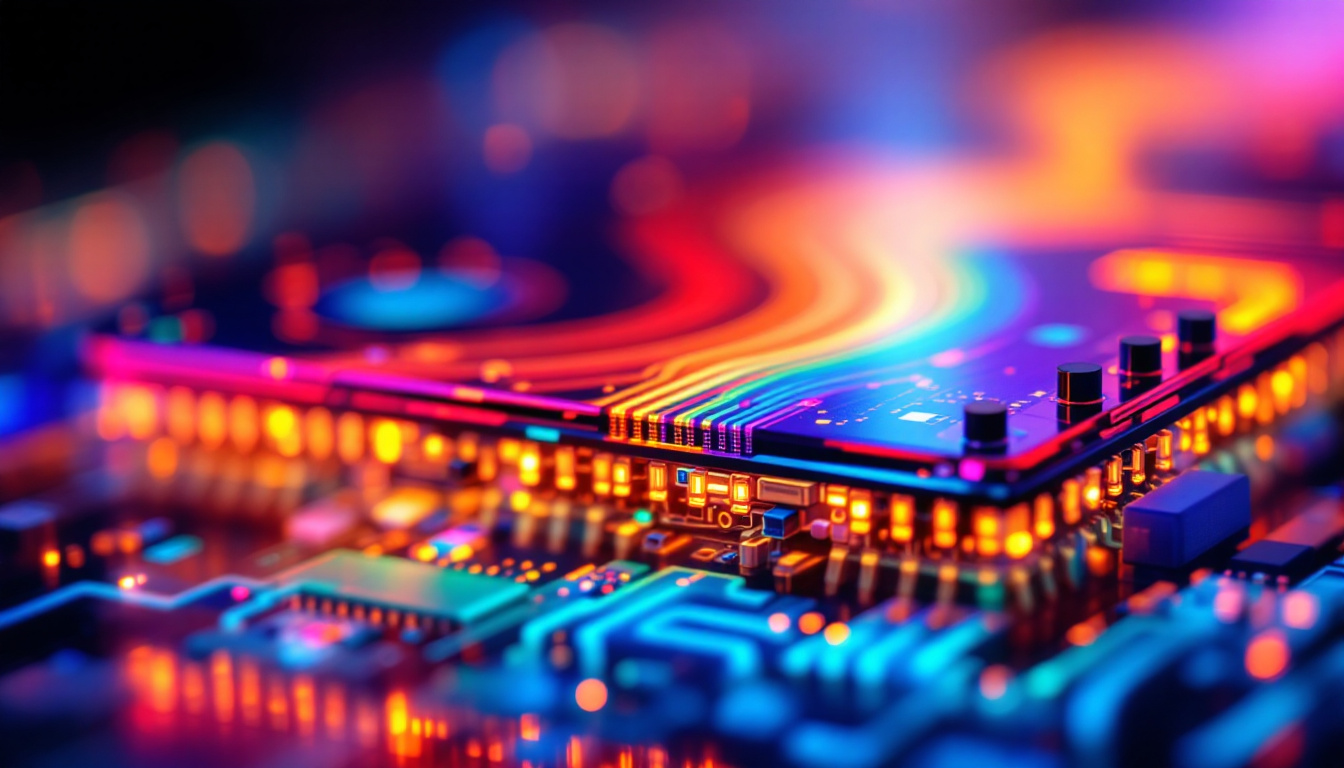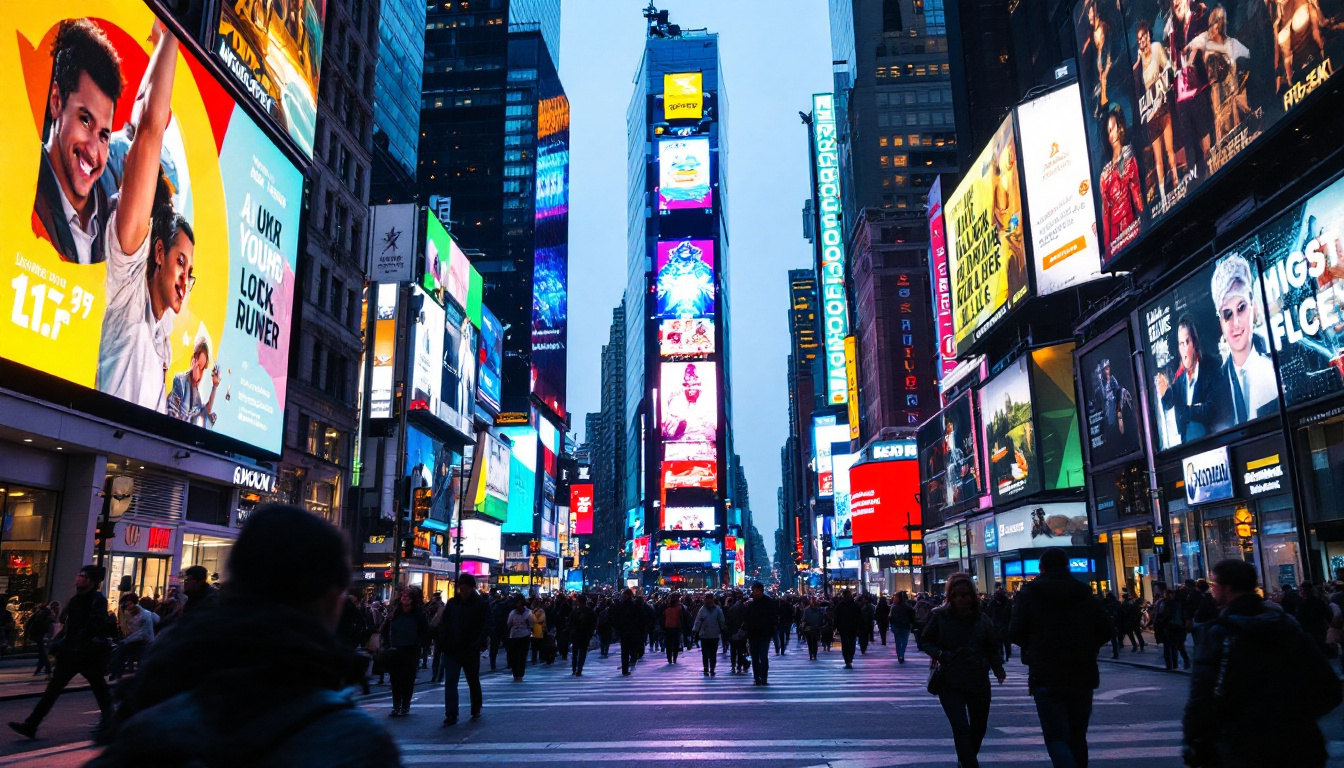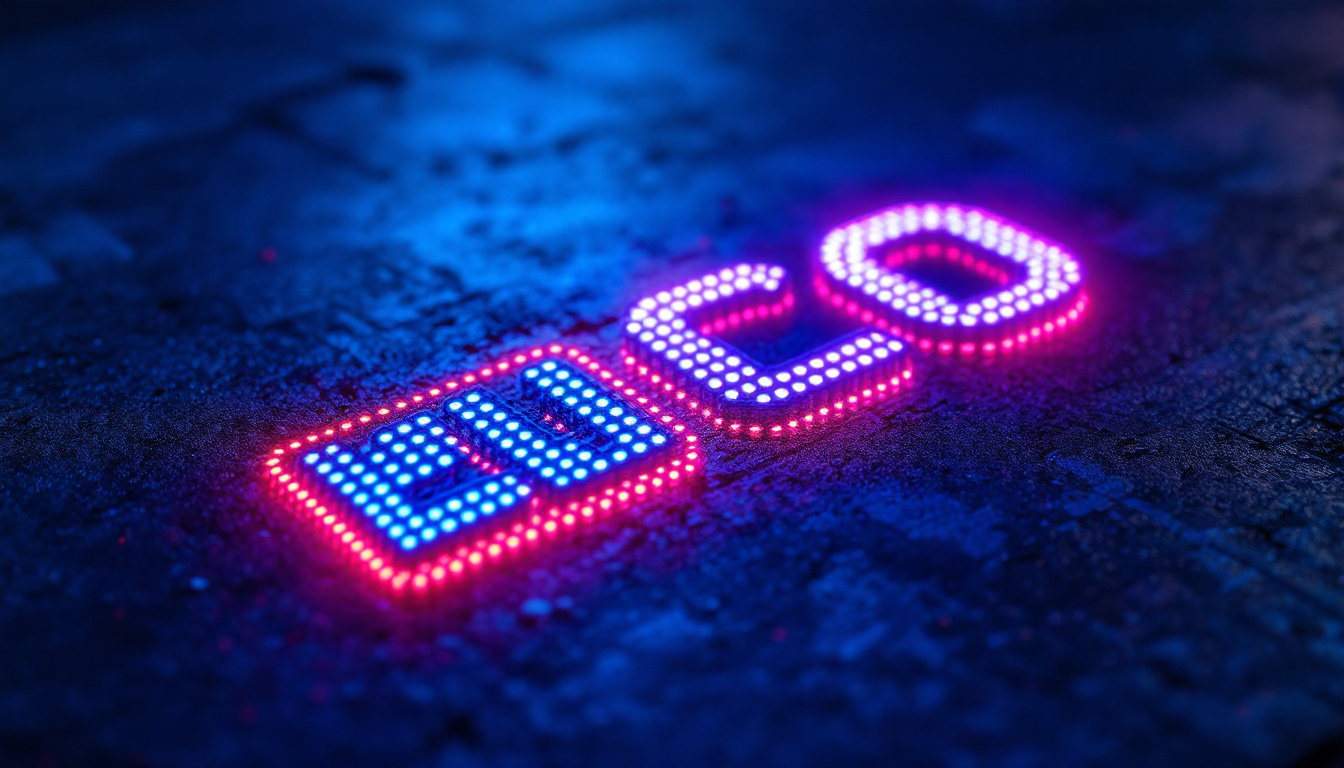In the world of live entertainment, the visual experience plays a crucial role in engaging audiences. One of the most impactful innovations in this domain is the concert LED wall. These large-scale LED displays have transformed how performances are presented, offering vibrant visuals that enhance the overall atmosphere of concerts and events. This article delves into the intricacies of LED displays, their technology, applications, and the future of concert visuals.
Understanding LED Technology
Light Emitting Diodes (LEDs) are semiconductor devices that emit light when an electric current passes through them. This technology has evolved significantly over the years, leading to the development of high-quality LED displays suitable for various applications, including concerts. The advancement in LED technology has not only improved the efficiency and longevity of these devices but has also made them more accessible and affordable for a variety of uses, from large-scale events to everyday lighting solutions.
The Basics of LED Displays
LED displays consist of numerous tiny LED bulbs arranged in a grid format. Each bulb can emit different colors, allowing for a full spectrum of hues to be displayed. The combination of red, green, and blue (RGB) LEDs creates a wide range of colors, enabling the display to project vibrant images and videos. This color mixing capability is crucial for creating dynamic visuals that can captivate audiences, especially during live performances where the atmosphere is enhanced by visual stimulation.
One of the primary advantages of LED technology is its brightness. LED displays can produce exceptionally bright images, making them visible even in well-lit environments. This characteristic is particularly beneficial in concert settings, where stage lighting can often overshadow traditional projection methods. Additionally, LED displays have a high refresh rate, which is essential for displaying fast-moving content without blurring, ensuring that every beat and movement on stage is captured with clarity.
Types of LED Displays
There are several types of LED displays, each designed for specific applications. The most common types used in concerts include:
- Direct View LED: These displays are composed of individual LED modules that form a seamless screen. They are often used for large concert backdrops and stages, providing a continuous and immersive visual experience that draws the audience into the performance.
- LED Video Walls: Comprising multiple LED panels, these walls can be configured in various shapes and sizes, allowing for creative designs that enhance the visual experience. Their modular nature means they can be easily reconfigured for different events, making them a versatile choice for event organizers.
- Flexible LED Displays: These innovative displays can bend and curve, enabling unique installations that traditional screens cannot achieve. Their adaptability allows for creative stage designs, such as wrapping around structures or creating dynamic shapes that can change throughout a performance.
In addition to these types, there are also specialized LED displays designed for outdoor use, which are built to withstand the elements while maintaining high visibility. These displays often feature enhanced weatherproofing and brightness levels to ensure they remain effective even in direct sunlight. Furthermore, advancements in LED technology have led to the development of energy-efficient models that consume less power while delivering exceptional performance, making them an environmentally friendly choice for event organizers looking to reduce their carbon footprint.
The Role of LED Walls in Concerts
Concert LED walls serve multiple purposes, from enhancing the aesthetic appeal of a performance to providing essential information to the audience. Their versatility makes them an invaluable tool for event organizers and performers alike.
Enhancing Visual Storytelling
One of the most significant contributions of LED walls to concerts is their ability to enhance storytelling through visuals. By projecting dynamic imagery that complements the music, artists can create a more immersive experience for the audience. For instance, a band might use visuals that reflect the themes of their songs, making the performance more engaging and emotionally resonant.
Moreover, LED walls can display real-time content, such as live feeds of the performance or interactive graphics that respond to the music. This interactivity captivates audiences, drawing them deeper into the experience. The use of synchronized visuals can also elevate the emotional impact of key moments in a song, allowing the audience to feel a stronger connection to the music and the performers. For example, during a powerful ballad, soft, flowing visuals can evoke a sense of nostalgia, while high-energy tracks might be accompanied by vibrant, fast-paced animations that mirror the tempo and intensity of the performance.
Providing Information and Branding
Beyond aesthetics, LED displays serve practical functions during concerts. They can be used to convey important information, such as song titles, artist names, and set lists. This feature is particularly beneficial for festivals or events with multiple performers, helping audiences keep track of the lineup.
Additionally, LED walls offer branding opportunities for sponsors and event organizers. Logos and advertisements can be displayed prominently, ensuring that brands gain visibility during the performance. This not only helps in generating revenue for the event but also creates a seamless integration of brand messaging into the concert experience. For instance, a beverage company might sponsor a specific segment of the show, with their branding creatively woven into the visuals, enhancing both the concert atmosphere and the brand’s presence. Furthermore, the ability to change content on the fly allows for spontaneous promotions or shout-outs, keeping the audience engaged and informed throughout the event.
Technical Considerations for LED Displays
While the visual impact of LED walls is undeniable, several technical factors must be considered to ensure optimal performance during concerts. These include pixel pitch, resolution, and brightness levels.
Pixel Pitch and Resolution
Pixel pitch refers to the distance between the centers of two adjacent pixels on an LED display. A smaller pixel pitch results in higher resolution, allowing for clearer images and finer details. For concert settings, a pixel pitch of 2.5mm or lower is often recommended to ensure that audiences, even those seated farther away, can enjoy a crisp visual experience.
Resolution is another critical factor that affects the quality of the display. Higher resolution screens can display more detailed images, which is essential for concerts where intricate visuals are often part of the performance. Event organizers must carefully consider the size of the LED wall and the viewing distance to determine the appropriate resolution.
Brightness Levels
Brightness is measured in nits, with higher values indicating a brighter display. For outdoor concerts or events held in bright environments, LED displays should have a brightness level of at least 5,000 nits to ensure visibility. Indoor concerts may require lower brightness levels, but it is still essential to choose displays that can compete with stage lighting.
Installation and Setup
Setting up an LED wall for a concert involves meticulous planning and execution. The installation process can be complex, requiring skilled technicians to ensure that the display functions correctly and safely.
Site Assessment
Before installation, a thorough site assessment is necessary. This involves evaluating the venue’s layout, stage design, and audience sightlines. Understanding these factors helps determine the optimal placement and configuration of the LED wall.
Additionally, considerations such as power supply, rigging, and structural support must be addressed. Ensuring that the display is securely mounted and can withstand the demands of a live performance is crucial for safety and performance quality.
Calibration and Testing
Once installed, the LED wall must be calibrated to ensure that colors and brightness levels are consistent across the entire display. This process often involves extensive testing to identify any issues that may affect performance during the concert.
Technicians typically conduct a series of tests to verify that the display responds accurately to the content being projected. This includes checking for color accuracy, brightness uniformity, and any potential dead pixels that may detract from the overall visual experience.
Future Trends in Concert LED Walls
The world of LED technology is constantly evolving, and the future of concert LED walls promises exciting advancements. As technology continues to improve, several trends are likely to shape the future of visual experiences in live performances.
Increased Interactivity
As audiences become more accustomed to interactive experiences, the demand for LED walls that offer real-time engagement is likely to grow. Future displays may incorporate augmented reality (AR) and virtual reality (VR) elements, allowing audiences to interact with visuals in innovative ways.
This interactivity could take various forms, such as audience participation through mobile apps or incorporating social media feeds into the display. Such advancements would further enhance the immersive experience of concerts, making each performance unique.
Sustainability and Energy Efficiency
With growing awareness of environmental issues, the demand for sustainable technologies is on the rise. Future LED displays are expected to be more energy-efficient, utilizing advanced materials and technologies that reduce power consumption without compromising performance.
Additionally, manufacturers may focus on creating displays that are easier to recycle and have a lower environmental impact throughout their lifecycle. This shift towards sustainability will not only benefit the planet but also align with the values of many modern audiences.
Conclusion
Concert LED walls have revolutionized the live entertainment industry, providing stunning visuals that enhance performances and engage audiences. Understanding the technology behind these displays, their applications, and the technical considerations involved in their setup is essential for anyone involved in event production.
As technology continues to advance, the future of concert LED walls looks promising, with increased interactivity and sustainability at the forefront. Embracing these innovations will ensure that live performances remain captivating and memorable experiences for audiences worldwide.
In summary, whether enhancing storytelling, providing essential information, or creating a visually stunning backdrop, LED displays have become an integral part of the concert experience. As the industry evolves, so too will the capabilities of these remarkable technologies, paving the way for even more extraordinary live events.
Discover LumenMatrix LED Display Solutions
Ready to elevate your live event experiences with cutting-edge LED technology? LumenMatrix is at the forefront of LED display innovation, offering a wide array of solutions such as Indoor and Outdoor LED Wall Displays, Vehicle LED Displays, LED Poster Displays, and more. Our mission is to transform visual communication, ensuring your message resonates with audiences through engaging, high-impact displays. Don’t miss the opportunity to captivate and inspire with LumenMatrix. Check out LumenMatrix LED Display Solutions today and bring your vision to life.

